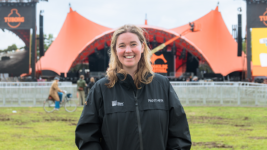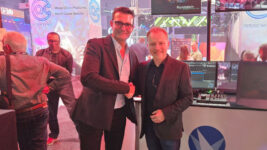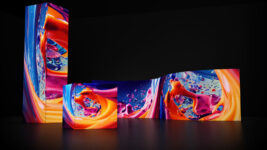VENUE
28 Feb 2024
ACTIVE ACOUSTICS AND SPATIAL AUDIO SYSTEMS
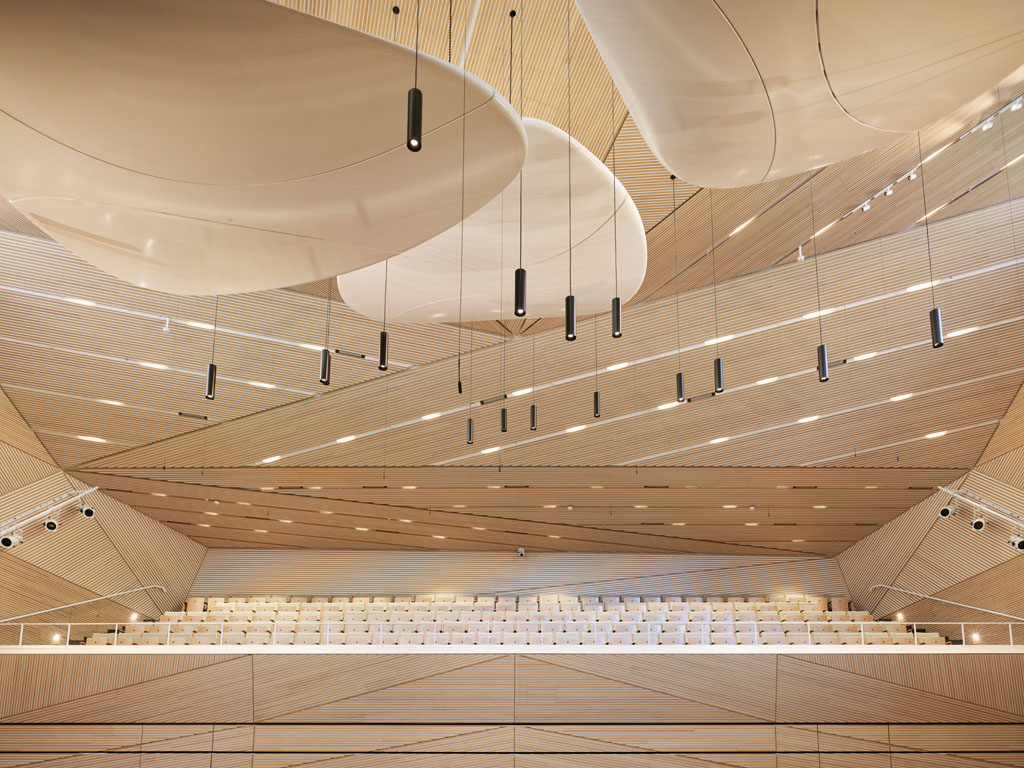
Subscribe to CX E-News
Making the Case for Upgrades
As I stated in previous article this month (cxnetwork.com.au/acoustic-enhancement-meets-spatial-audio/), active acoustic enhancement systems are a game-changer for any multipurpose venue. Even more amazing things happen when you combine both active acoustic enhancement and spatial audio. We need more venues in Australia to make the upgrade, and both the economic and artistic reasons do to so are sound (pun definitely intended).
There are quite a few examples of spatial audio systems and active acoustic systems already installed in Australia. In addition to the two at Monash University, there’s a Meyer Sound Constellation active acoustic system in the Telstra Customer Insight Centre in Sydney.
d&b audiotechnik’s Soundscape, which is powered by the DS100 signal engine, is capable of running two software modules; En-Scene for active acoustics and En-Space for spatial mixing. This has seen by far the biggest take up in Australia. There are 13 units out there, including units running both active acoustics and spatial in Sydney Opera House, Sydney’s City Recital Hall, Melbourne Recital Centre, and more. There are also rental units that run on theatrical productions including Harry Potter and the Cursed Child, Mary Poppins, and Come From Away.
L-Acoustics L-ISA system is installed at Sydney Coliseum Theatre, West HQ, which provides their ‘hyperreal’ frontal surround system, but not active acoustics. There’s also an L-ISA system at St Michaels Grammar School, Melbourne, running frontal and lateral spatial audio, but not Ambiance, which is L-Acoustics’ active acoustics processing software for L-ISA.
Yamaha’s AFC (Active Field Control) system has been quietly successful. There’s an active acoustic system at the Io Meyers Studio at University of New South Wales, Sydney. The University of Tasmania’s Ian Potter Recital Hall in Hobart and the Australian Chamber Orchestra’s home in Sydney’s Walsh Bay Arts Precinct have AFC systems that can do both active acoustics and spatial.
In almost all cases, the impetus to install these systems has been led by creatives; musicians, creative directors, artistic curators and managers. Often, they’ve experienced acoustic enhancement first-hand, mainly in Europe, sometimes in the USA, and become immediately convinced of the benefits. With acoustic enhancement and spatial systems now available from several distributors, anyone seeking to develop the market needs to have the network and cultural capacity to convince the creative minds at the heart of our institutions and venues.
Europe, with its vast network of concert halls and history of acoustic classical music, is the technological home of active acoustics. Companies including Acoustic Control Systems, SIAP Acoustic Systems, and Müller- BBM all hail from western Europe, and most have been working in the field since the late 1980s. A more recent entrant into the market is Amadeus Active Acoustics, based in Vienna, which is especially relevant to us here in Australia and New Zealand as they recently entered our territory in June 2023, with Amber Technology taking on distribution.
The Amadeus product offering is compelling, as they offer both active acoustic processing and spatial audio. Interestingly, they also offer open-air acoustic systems, which have been successfully used to produce opera in outdoor venues. The heart of the system is the Amadeus Core processor, and it can be used with any brand of suitable microphone, speaker processor, and loudspeaker, making it uniquely flexible in the market.
It’s this agnosticism regarding the rest of the system that’s makes Amber Technology’s distribution a wise move for Amadeus. Amber is the distributor for DPA Microphones, which are often used in active acoustic systems. Amber also has multiple options for processing (Xilica, XTA), amplifiers (MC2, LEA Professional), and loudspeakers (Renkus-Heinz, Sonance), making them a one-stop shop for any size or budget in both active acoustics and spatial audio.
“Amadeus’ approach to active acoustics and immersive audio achieves a stunning solution for both the audience, performers and venue managers but also respects the needs of the venue itself and its architectural personality,” comments Mick Hughes, Brand Manager, Integrated Solutions, at Amber Technology. “By not being locked in to a specific loudspeaker brand or format which, by nature, commands architectural design decisions, enables venue designers and consultants to work much more flexibly in their loudspeaker selection and help the system disappear visually.”
To get people’s imaginations fired up and a few more systems installed in Australia and New Zealand, here’s some inspiration from Amadeus projects.
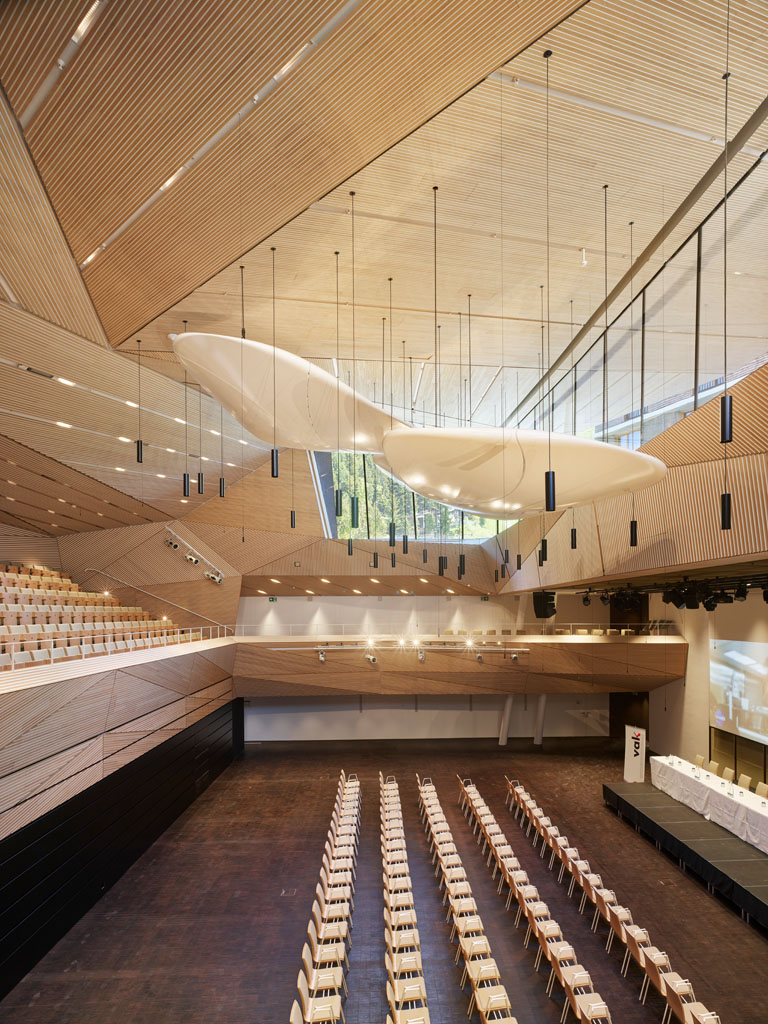
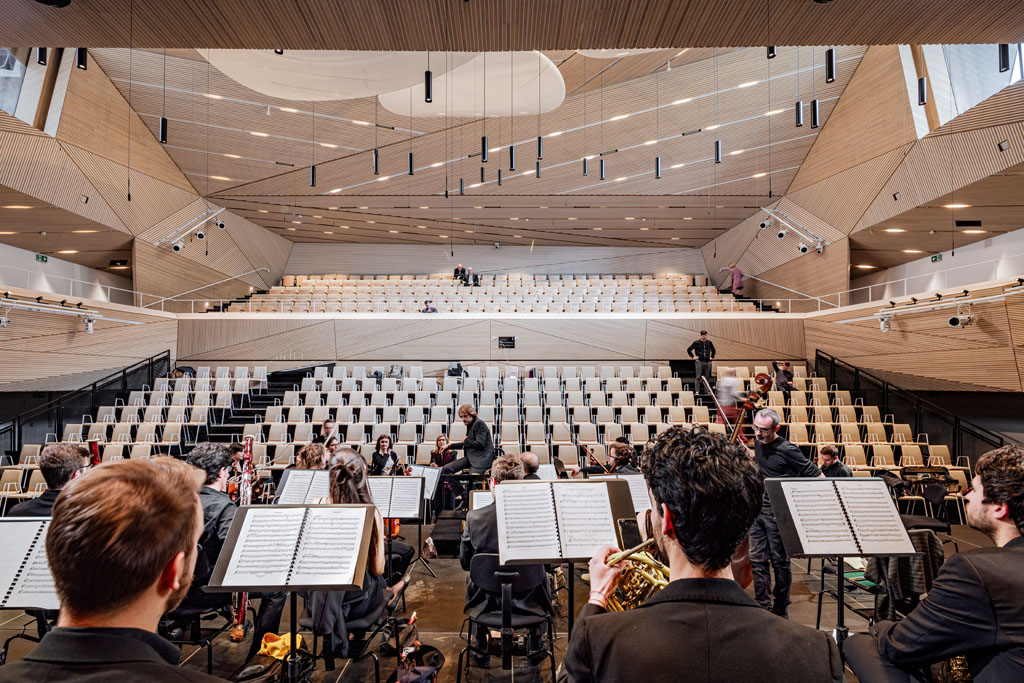
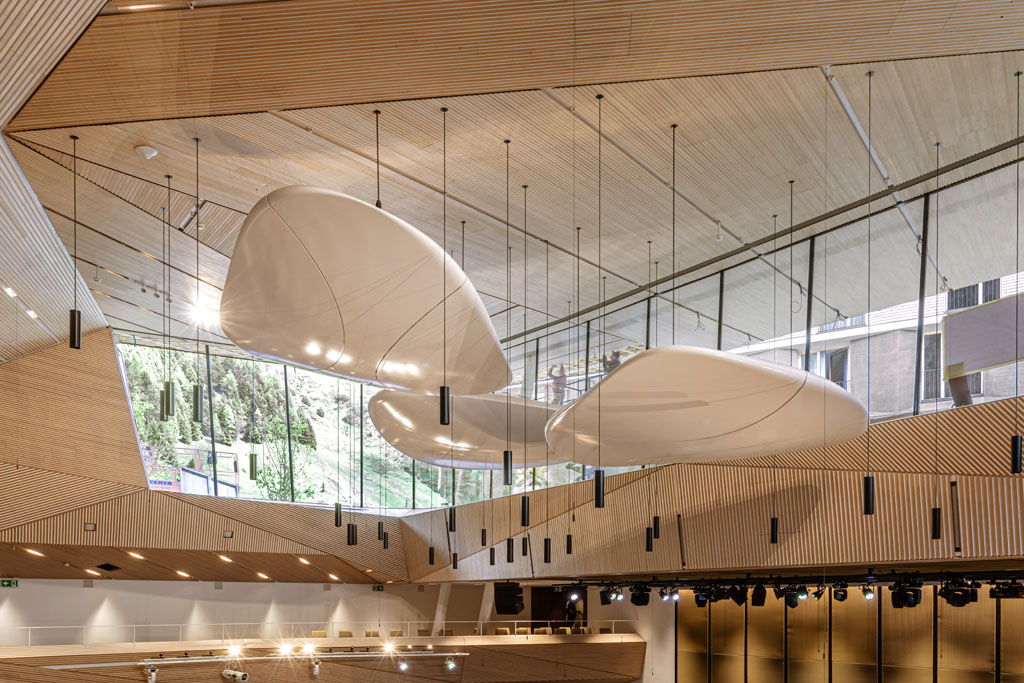
Andermatt Concert Hall, Andermatt, Switzerland
The 650-seat concert hall was not initially intended for musical events at all. Instead, the project began with the shell of a preexisting building destined to become a single-purpose conference centre. Wallpaper Magazine described the venue as a “windowless, underground 2,000 cubic meter concrete box better suited for a nuclear bunker than a performance of Beethoven’s Fifth.” Studio Seilern Architects design for the renovation involved removing a large section of the preexisting roof, doubling the acoustic volume to 5,340 m3 while letting in daylight and picturesque alpine views.
The Amadeus design team worked closely with Kahle Acoustics to understand their acoustic design and develop a system around it. 68 loudspeakers and eight subwoofers from Renkus-Heinz and Atlas Sound sound columns were selected, alongside 32 supercardioid DPA sc490 microphones. The Amadeus Core was installed to lengthen and enhance reverberation to create a late hall response for every type of event.
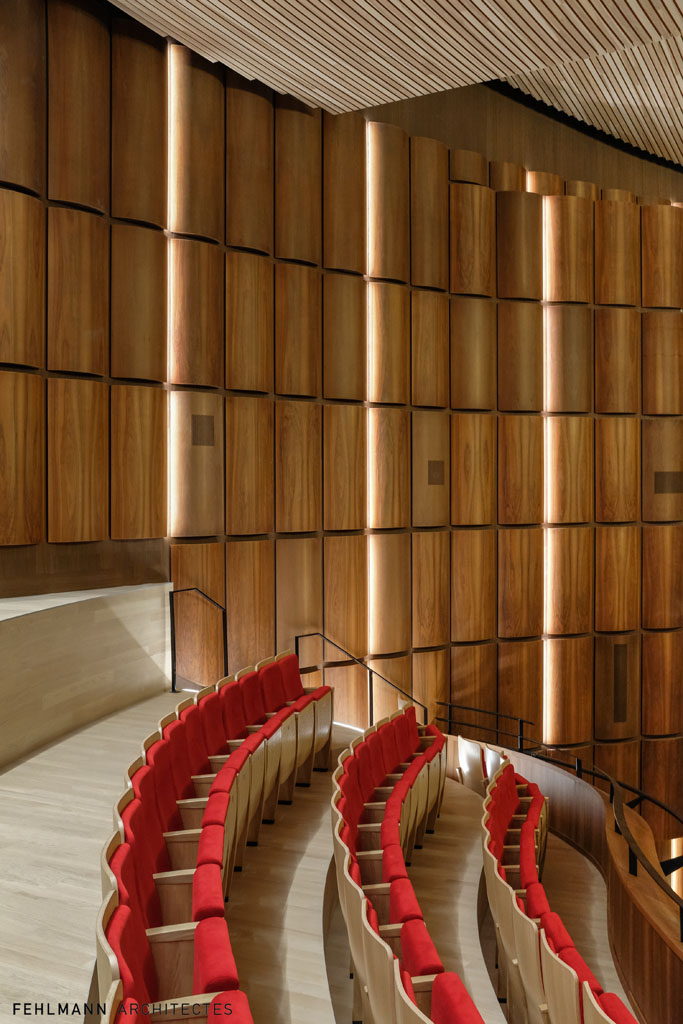
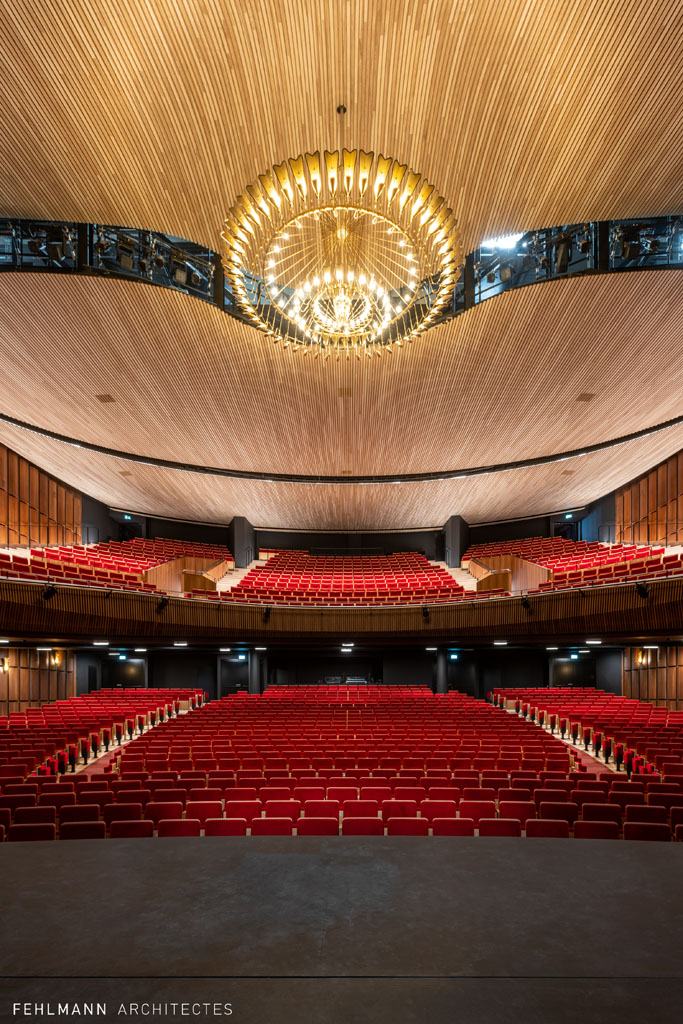
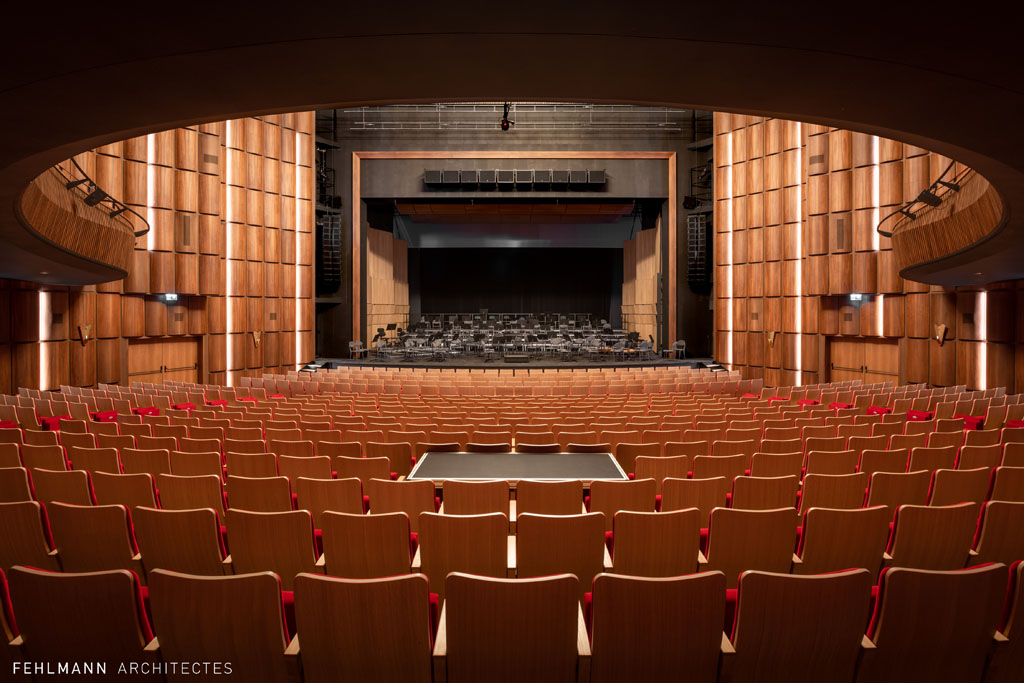
Théâtre De Beaulieu, Lausanne, Switzerland
Since its opening in 1954, the iconic 1,600- seat Théâtre de Beaulieu, Lausanne has served the Orchestre de la Suisse Romande, the Orchestre de Chambre de Lausanne, and generations of jazz and popular music greats like Ella Fitzgerald and Quincy Jones. But listening experiences varied for performers and concertgoers seated across the half- rectangular and half-fan-shaped hall.
Amadeus Acoustics worked closely with Kahle Acoustics to integrate optimised acoustics using the Amadeus active acoustic system.
Amadeus’s 3D modelling and precise placing of loudspeakers and microphones allow for optimal late response and even distribution throughout the auditorium.
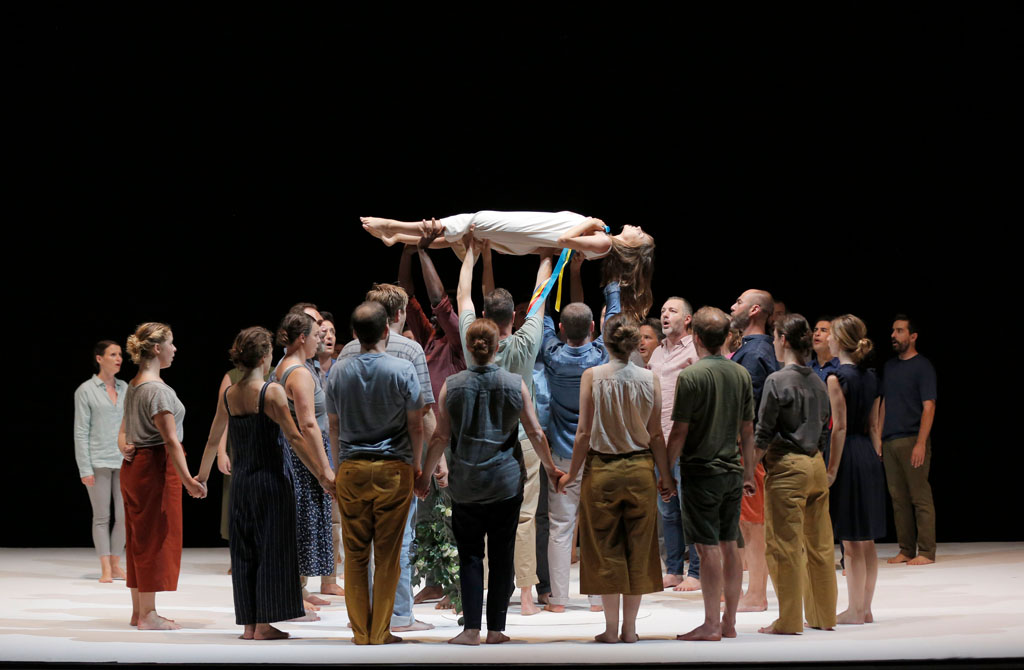
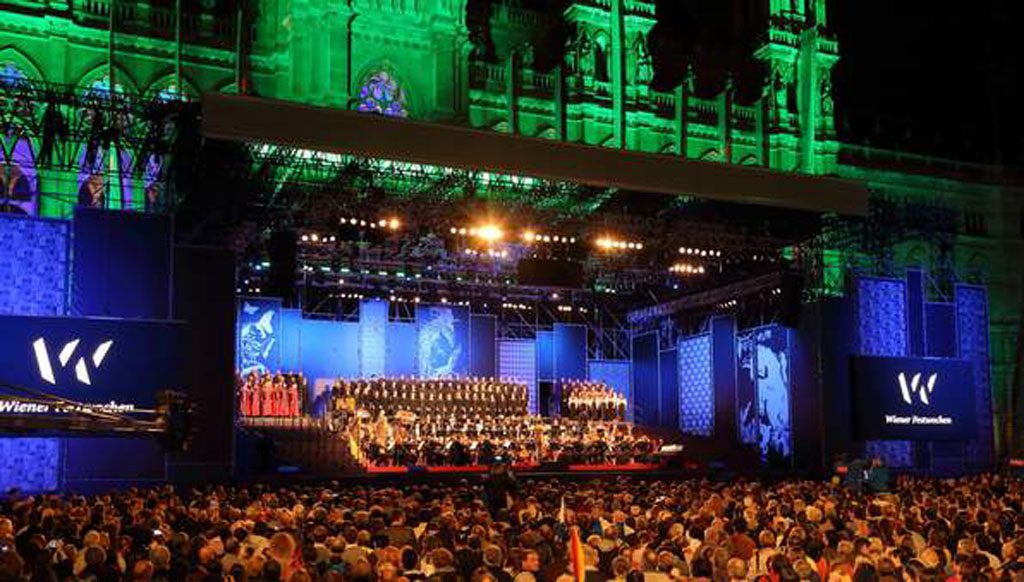

Wiener Festwochen – Mozart’s Requiem
When stage director Romeo Castellucci and Ensemble Pygmalion’s musical director Raphaël Pichon premiered their interpretation of Mozart’s requiem at Festival d’Aix-en- Provence in 2019, the work was instantly praised as a modern masterpiece. However, when Wiener Festwochen contracted Amadeus Active Acoustics to reconfigure Vienna Museumsquartier’s Halle E for the spring 2022 prologue of the festival, it was unclear how the Requiem, which had won over outdoor audiences, would be successfully adapted to the festival’s chosen indoor venue.
The Amadeus Core, enhanced by the Amadeus Active Acoustics design team’s 3-D modelling of Halle E, provided an optimal solution to adapt the venue’s room acoustics into an immersive hybrid orchestral and theatrical setting. This process included comprehensive planning of the system design, installation of the Amadeus Core, subsequent calibration of the speakers and microphones, and creative tuning of acoustic presets to fit Castellucci and Pichon’s vision.
Subscribe
Published monthly since 1991, our famous AV industry magazine is free for download or pay for print. Subscribers also receive CX News, our free weekly email with the latest industry news and jobs.

